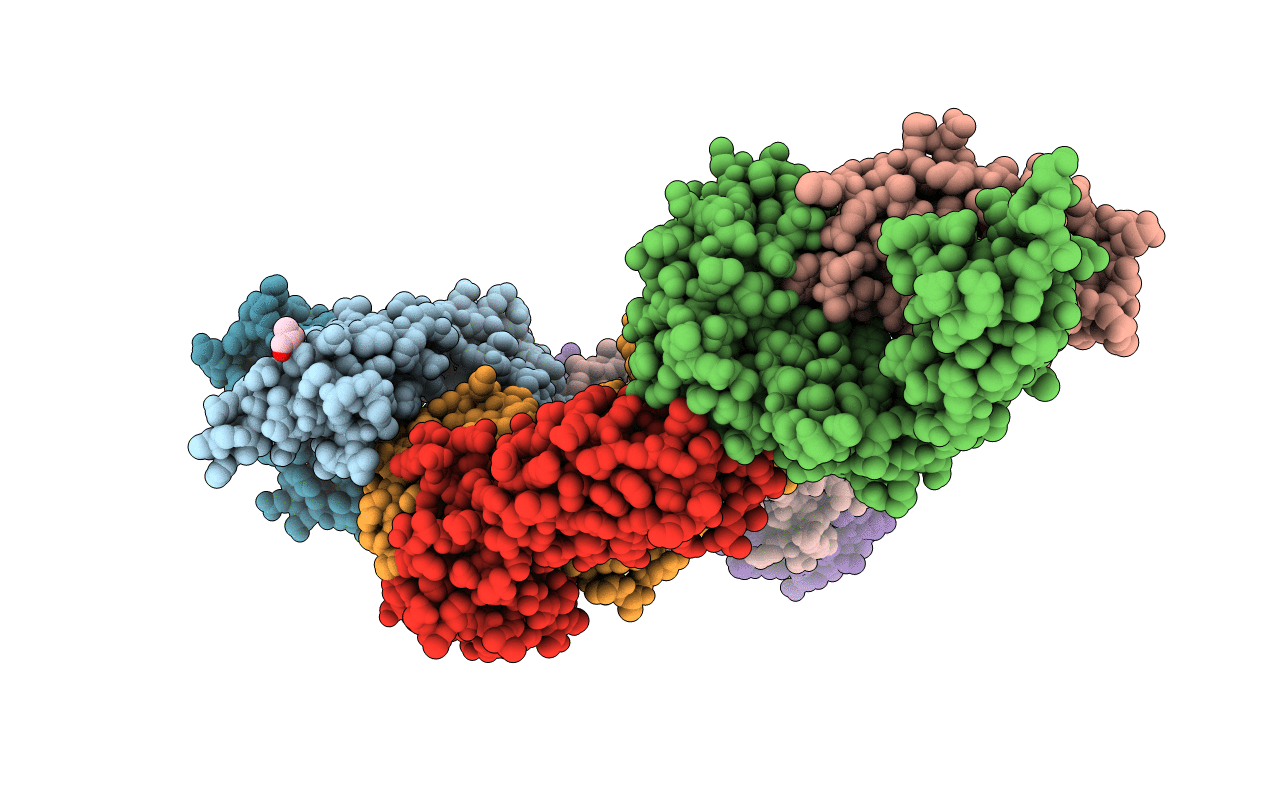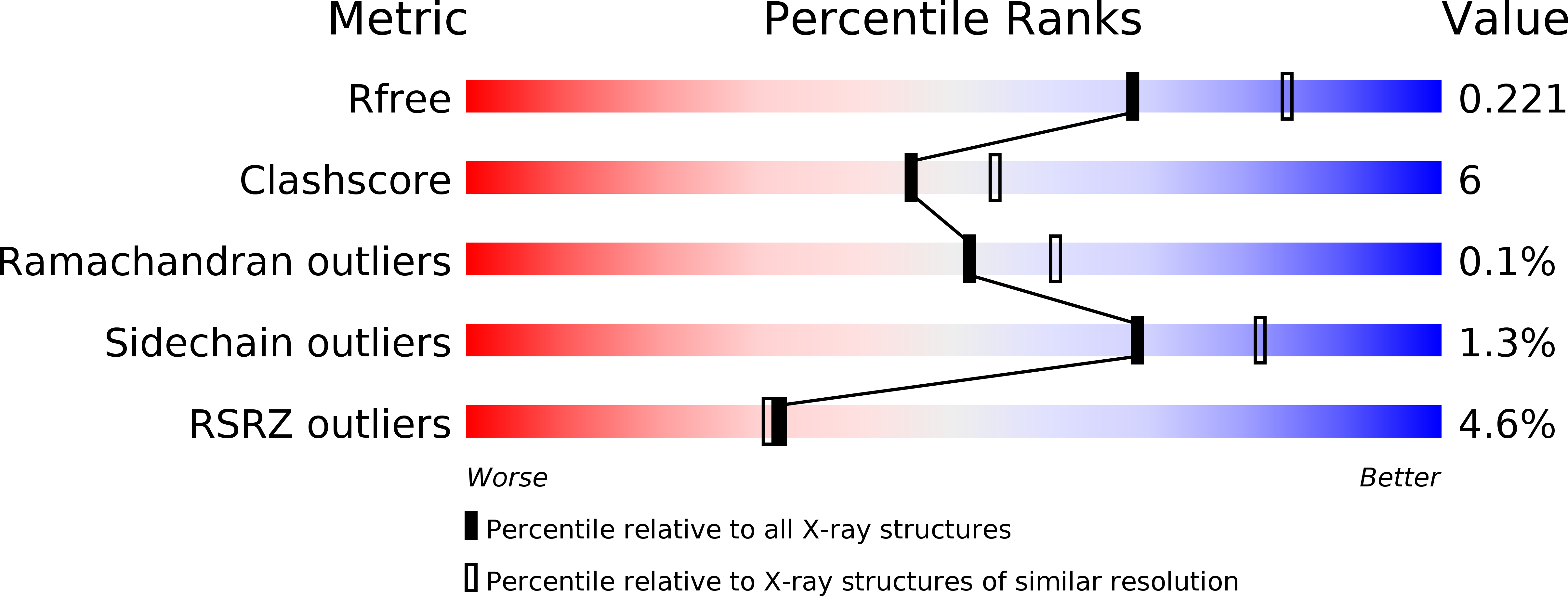
Deposition Date
2016-12-01
Release Date
2017-02-08
Last Version Date
2024-11-06
Entry Detail
PDB ID:
5U2V
Keywords:
Title:
Structure of human MR1-HMB in complex with human MAIT A-F7 TCR
Biological Source:
Source Organism:
Homo sapiens (Taxon ID: 9606)
Host Organism:
Method Details:
Experimental Method:
Resolution:
2.20 Å
R-Value Free:
0.22
R-Value Work:
0.17
R-Value Observed:
0.18
Space Group:
C 1 2 1


